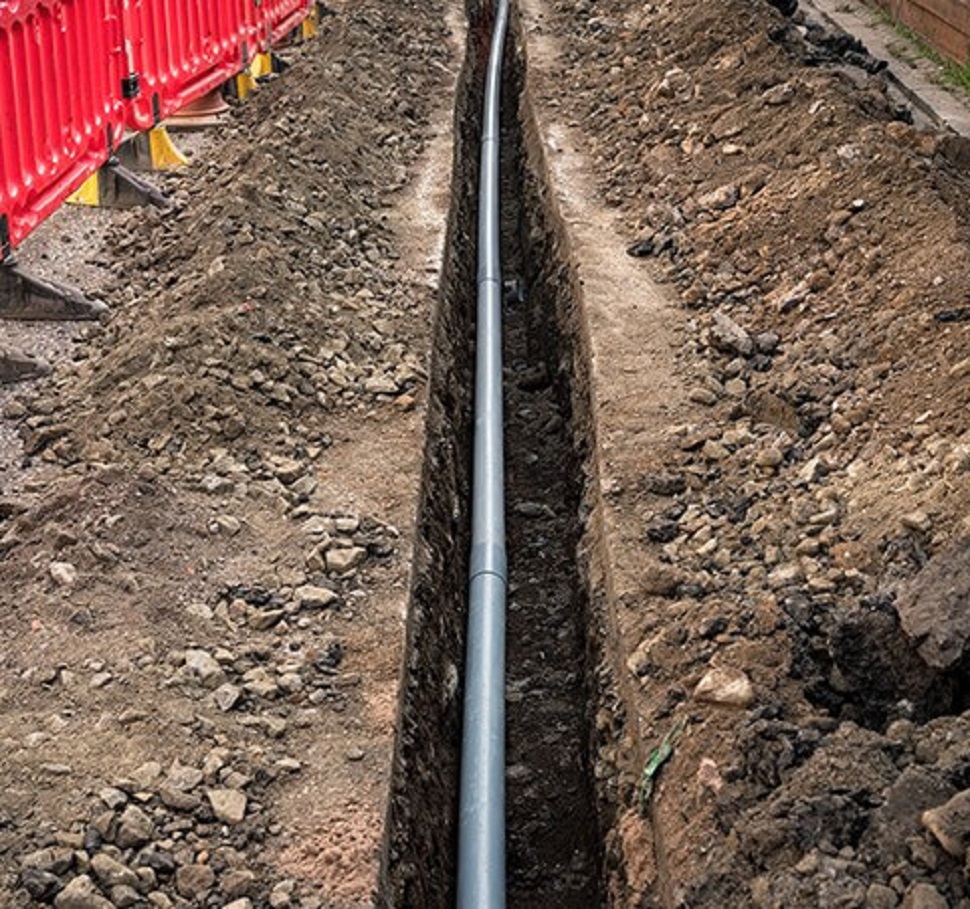How deep should a gas line be buried to prevent corrotion
How deep should a gas line be buried, gas lines need to bury underground to prevent corrosion. Every state has different regulations for digging gas lines. The depth for a line can vary from 15 to 18 inches for non-traffic areas to 24 inches for traffic areas. For example, California requires that gas lines bury at least 18 inches under ground. New York and New Jersey require that gas lines insert at least 24″. These regulations vary depending on the location of the line.
The minimum depth for a gas line is determined by local safety codes. In California, it’s 18 inches. In Orange and Rockland counties, it’s 24 inches. In other words, there is a safety code that says that the gas line should be buried at least 18 inches below the surface. However, if you’re burying your gas line deeper, there is a good chance that it won’t be covered.
In the UK, gas lines usually bury deeper than in the US. This is due to the dangers of exposed gas. An exposed gas line can cause an explosion that could affect other cars or buildings. Fortunately, most safety codes call for the minimum bury 30 inches or more. This is much safer and a smart decision for the safety of your home and your family. You may also want to hire a heating and plumbing contractor to dig the pipe.

How deep should a gas line be buried in residential area
In residential areas, residential gas lines must be buried at a depth of 18 to 29 inches. In urban areas, it’s recommended to bury the pipe at least 24 inches, depending on the surface and the area in question. If you are laying the gas line near a building or a road, you should place warning tape so that you’re aware of the presence of the utility line.

How deep should a gas line be buried depend the type of pipes use
The depth of gas lines depends on the type of pipes used. Main gas lines should bury at least 24 inches below the ground. Some regions may require more or less depths. To avoid causing damage to public utility lines, call 811 to mark the location of gas lines. This will help you avoid unnecessary expenses and accidents. When installing a new line, be sure to contact a local professional.
For a safe and efficient installation, bury gas lines must be 18 inches deep. In addition, they should have vertical and plumb risers. The line should also connect to an existing gas line, if necessary. It is essential to call an emergency service provider if you accidentally hit a gas pipe while digging. In some cases, it may be possible to cover the gas line and avoid the danger.
Related Posts

How long does it take to tile a bathroom
